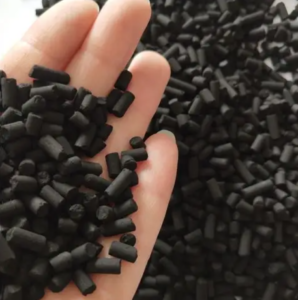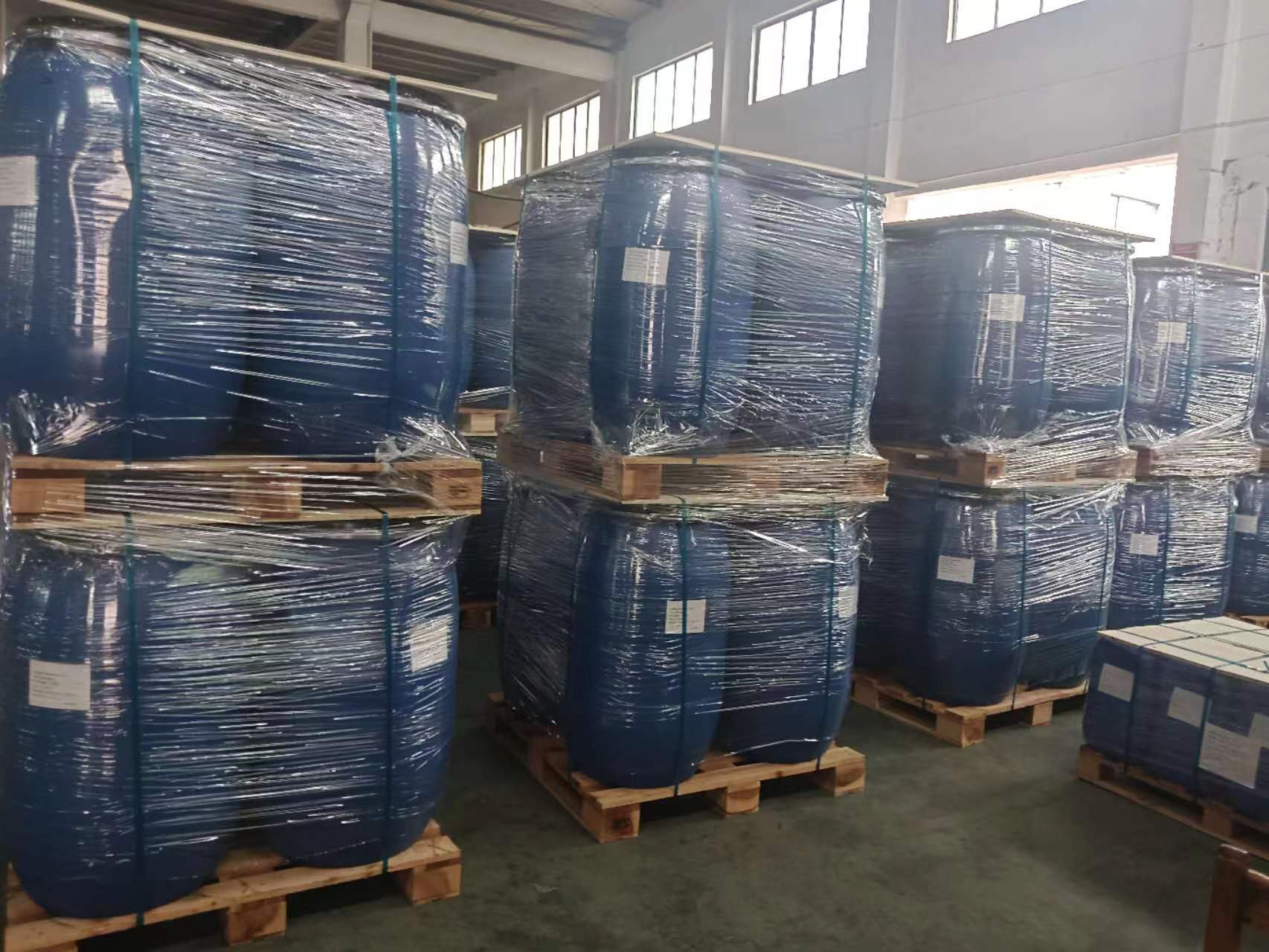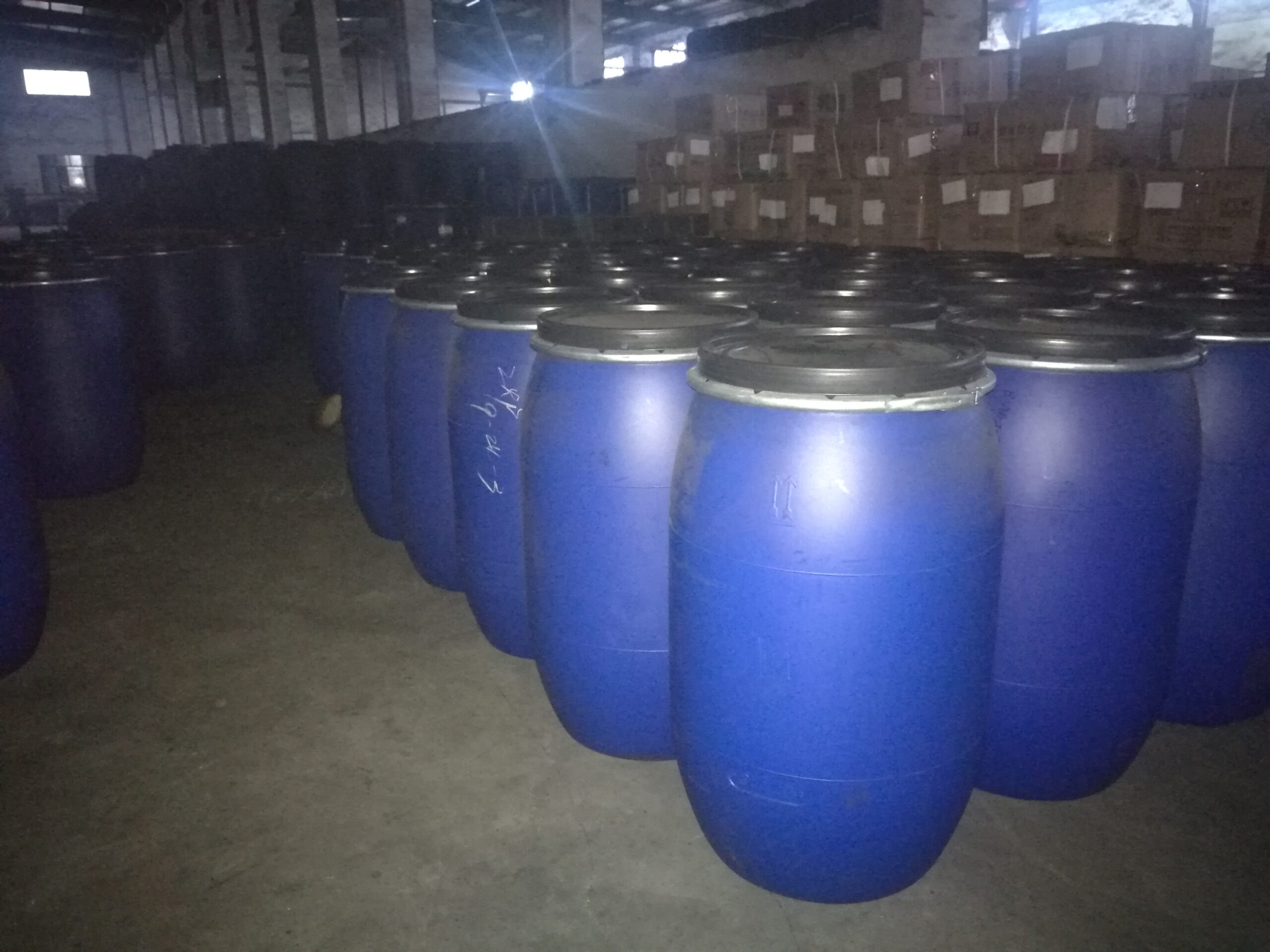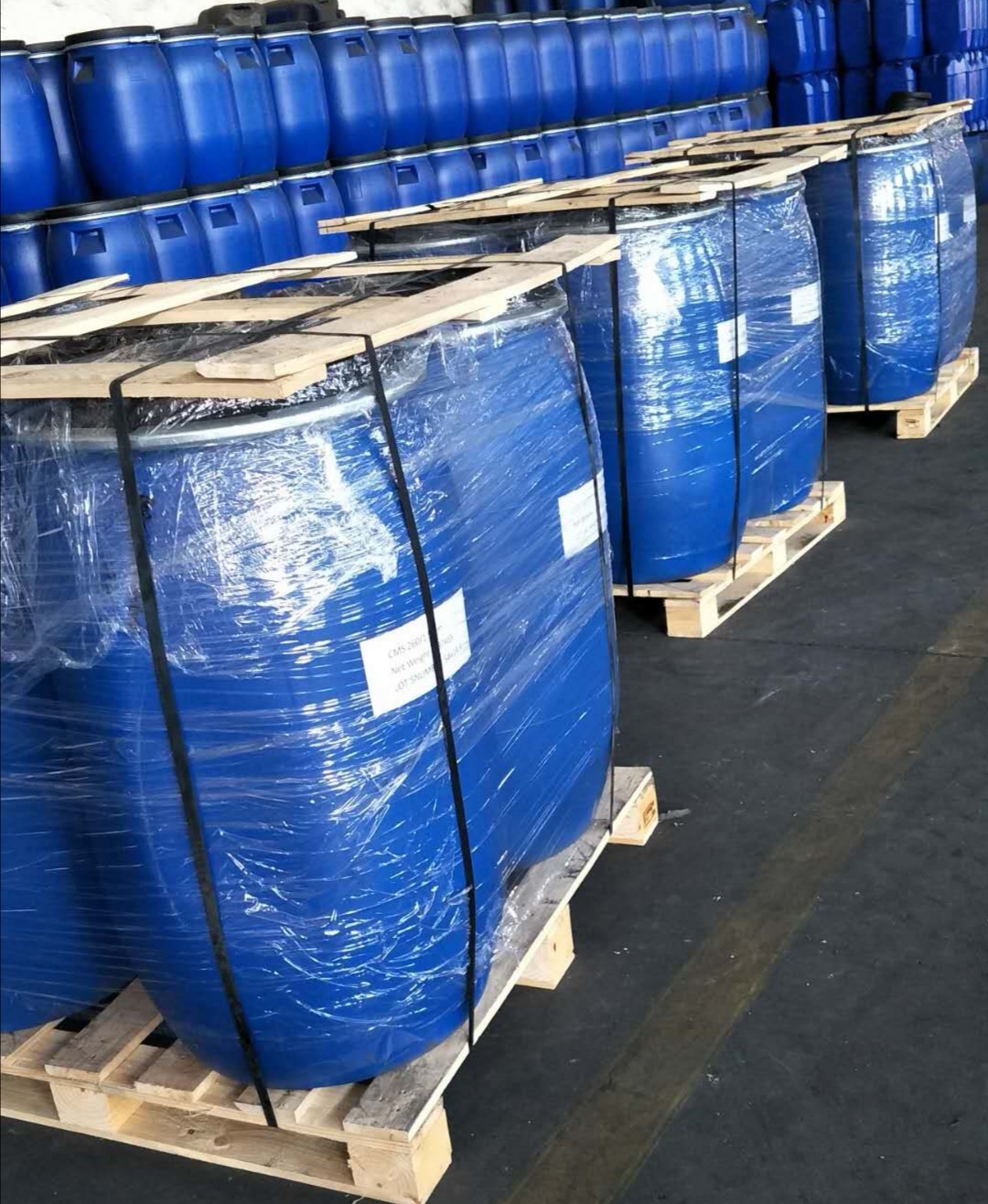What’s the adsorption principle of Activated Carbon?
The adsorption of activated carbon can be divided into physical adsorption and chemical adsorption:
一. Physical adsorption
It mainly occurs in the process of activated carbon removing impurities in liquid and gas phases. The porous structure of activated carbon provides a large surface area, making it particularly easy to achieve the purpose of absorbing and collecting impurities. Just like magnetic force, all molecules have mutual attraction. Due to this, the numerous molecules on the pore walls of activated carbon can generate strong attraction, thus achieving the purpose of attracting impurities in the medium into the pores.
It must be pointed out that the molecular diameter of these adsorbed impurities must be smaller than the pore diameter of activated carbon, so as to ensure that the impurities are absorbed into the pores. This is why we continuously change the raw materials and activation conditions to create activated carbons with different pore structures, thereby adapting to various applications of impurity absorption.

二. Chemical adsorption
In addition to physical adsorption, chemical reactions often occur on the surface of activated carbon. Activated carbon not only contains carbon but also has a small amount of oxygen and hydrogen in the form of chemically bound functional groups on its surface, such as carboxyl, hydroxyl, phenolic, lactone, quinone, and ether groups. These surface-bound oxides or complexes can react chemically with the adsorbed substances, thereby binding and aggregating them onto the surface of the activated carbon. The adsorption of activated carbon is the result of the combined effect of the above two types of adsorption.
When the adsorption rate and desorption rate of activated carbon in a solution are equal, that is, the amount of adsorption per unit time is equal to the amount of desorption, the concentration of the adsorbed substance in the solution and on the surface of the activated carbon no longer changes, and equilibrium is reached. This dynamic equilibrium is called the adsorption equilibrium of activated carbon, and the concentration of the adsorbed substance in the solution at this time is called the equilibrium concentration.
三. Factors Affecting the Adsorption Performance of Activated Carbon
If the quality of the selected activated carbon does not meet the requirements, the pH, chloride, and sulfate content in the activated carbon may be substandard, or the carbon particles may be too fine, making it difficult to filter the solution and affecting the quality of the preparation. If the zinc and iron salts in the activated carbon are substandard, especially if the iron salt content is high, it can cause certain drugs in the infusion, such as vitamin C and sodium para-aminosalicylate, to change color. Poor decolorization or substandard quality of activated carbon can increase the impurity content in the preparation. Poor-quality activated carbon, which contains many impurities itself, can contaminate the drug solution, often resulting in不合格 clarity and particle size of the preparation, and also affecting the stability of the preparation. Therefore, in the preparation of large-volume infusions, it is necessary to use first-grade needle-use activated carbon.
四. The Impact of the Use of Activated Carbon on the Quality of Preparations
Adding activated carbon in several batches is more effective than adding it all at once. This is because when the adsorption of impurities by activated carbon reaches a certain level and the adsorption and desorption are in equilibrium, the adsorption efficiency weakens. Therefore, adding activated carbon in 2 to 3 batches during the production of large-volume infusions is the most effective method, which can significantly improve the quality of the preparation.
The raw material of mannitol is often contaminated with pyrogens, especially when the prepared solution is dark in color, which is a bad sign. Since mannitol is not suitable for high-temperature treatment, adsorption is generally used to remove pyrogens. However, due to the high concentration of mannitol injection, the removal of pyrogens is often incomplete, and the pyrogen reaction rate during clinical use is higher than that of other varieties. In the author’s practical preparation, it was found that using the double adsorption method to prepare mannitol injection can solve the above problems and has many advantages.
First, pyrogenic reactions rarely occur in clinical practice; second, the product qualification rate is high, with a significant reduction in insoluble particles and no tendency to crystallize over time; third, the limulus amebocyte lysate (LAL) test can be used instead of the rabbit test for pyrogen detection. When preparing glucose solution, hydrochloric acid should be added first. After the foam on the liquid surface disappears, activated carbon should be added and stirred evenly. If activated carbon is added first, the gas in the foam will be adsorbed by the carbon particles, forming a gas film on the surface of the carbon particles, which makes it difficult for the solution to wet the carbon particles and affects the adsorption effect of activated carbon. Therefore, when preparing solutions that tend to foam, some defoaming methods or other measures should be adopted to ensure the adsorption effect of activated carbon.

五. The influence of different pH values on the quality of preparations
The adsorption effect of activated carbon is stronger in acidic solutions (pH: 3-5), while in alkaline solutions, it sometimes undergoes “gelatinization” or desorption, increasing impurities in the solution and affecting the quality of the preparation. Therefore, it is best to treat and activate activated carbon with acid before use. When activated carbon is heated and boiled in an alkaline condition (for adsorbing pyrogens) and then filtered through a 0.22 μm filter membrane, the filtrate is not only dark but also shows smoke-like activated carbon particles when shaken after standing still. If the adsorption is carried out under neutral conditions instead, the filtration effect appears relatively clear. This might be due to the sol state of activated carbon in alkaline conditions, and the following three points of consensus have been reached:
First, try to prevent hot filtration as much as possible. It is best to filter the liquid after it has cooled down. At this time, the gelatinization state will change, and the filtration effect will be better.
Second, activated carbon is not very suitable for use in alkaline conditions. If it is used in alkaline conditions, it needs to be treated initially, for example, boiling in alkaline or acidic water and then drying.
Third, the gelatinization principle of activated carbon is rather complex. It is not only due to chemical reactions (hydrolysis under alkaline conditions), but may also involve physical changes, such as molecular structure changes at high temperatures. Therefore, temperature changes will affect gelatinization.
六. The influence of different temperatures on the quality of preparations
The critical adsorption temperature of activated carbon is 45-50°C. When the temperature is lower than the critical adsorption temperature, the adsorption efficiency of activated carbon is poor. When in use, except for liquid medicines that need to be refrigerated or are inconvenient to heat, generally, heat and boil, then adsorb for 20-30 minutes, cool to 45-50°C and filter to remove the carbon. The decarbonization should be completed as soon as possible to avoid temperature drop or desorption during storage, which may increase impurities in the preparation.
七. The influence of the dosage of activated carbon on the quality of preparations
The dosage of activated carbon should be determined based on the quality and type of raw materials. The common dosage is 0.1% – 0.5% (W/V).



